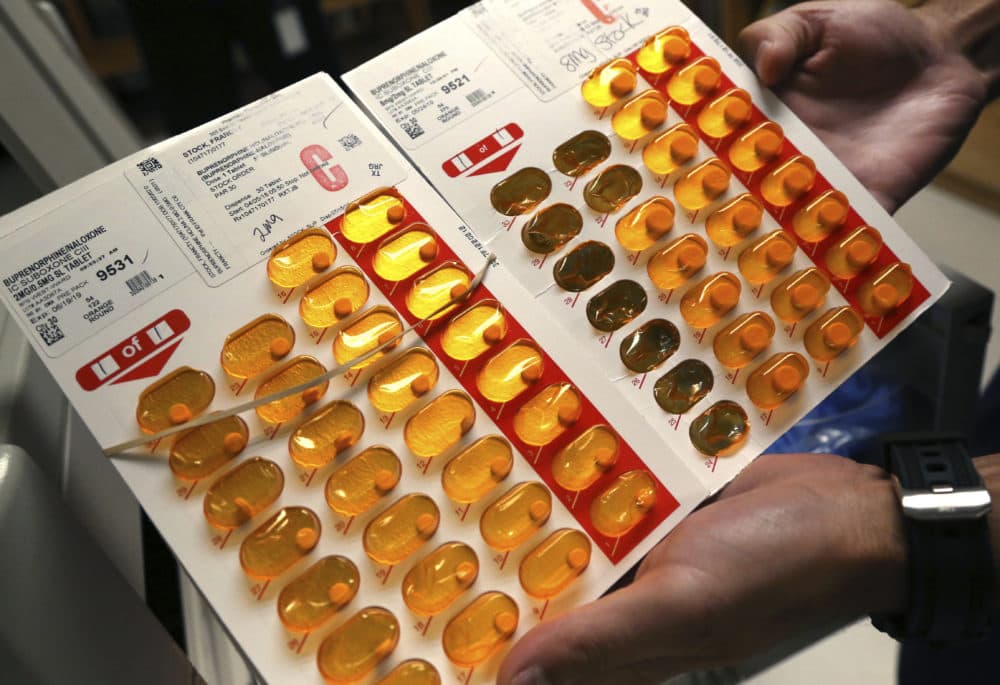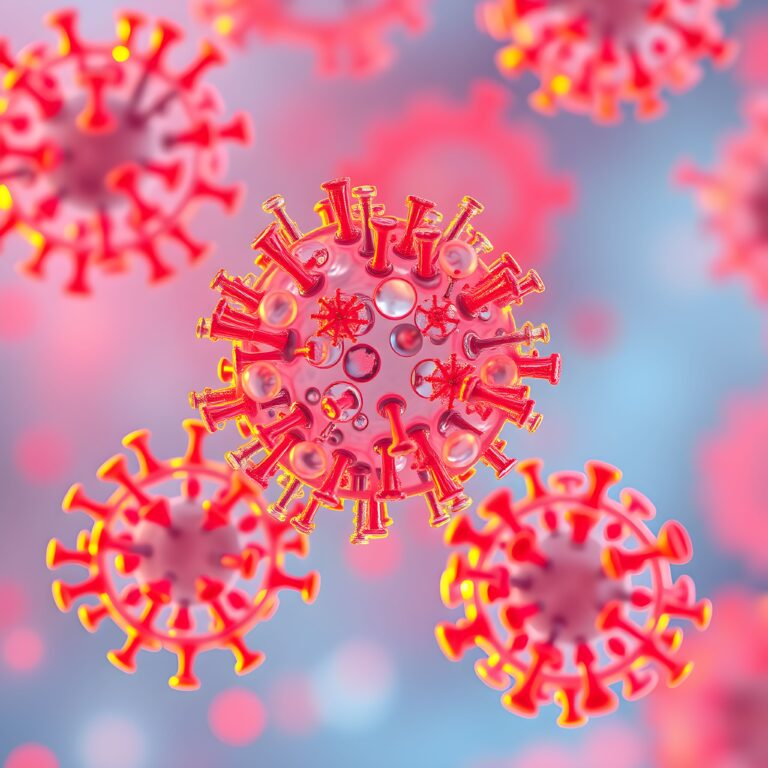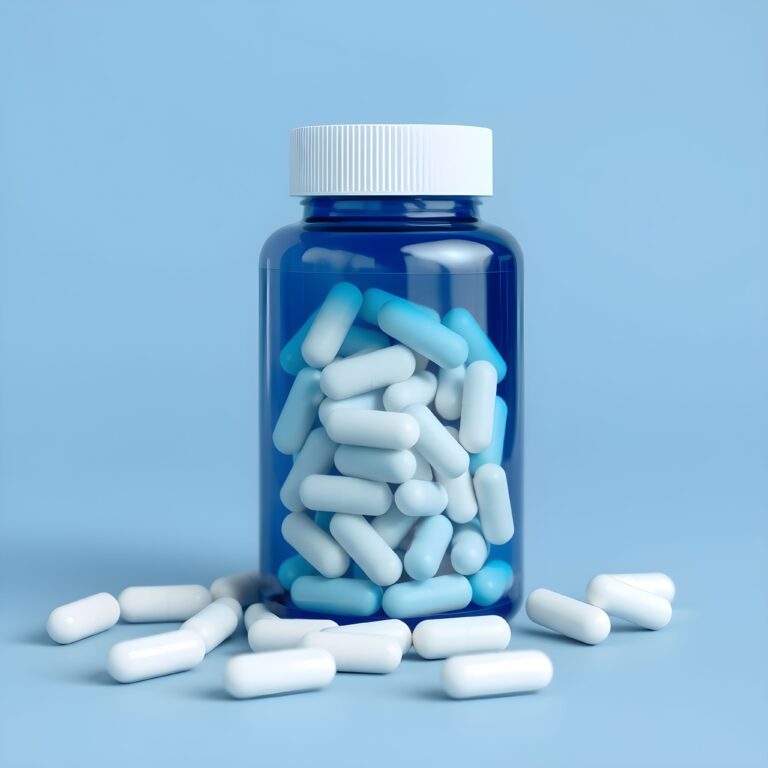Rehabilitation is a critical step on the path to recovery for teens suffering from addiction. However, recent studies in the United States have unearthed a worrying trend – only a small percentage of rehab centers for addicted teens are actually offering the medicine recommended by health authorities. This article aims to shine a spotlight on this serious issue, emphasizing the pressing need for remedial action.
The Dire Reality of Teenage Addiction in the United States
Addiction among teens is a devastating issue, affecting countless families across the US. In fact, the National Institute on Drug Abuse estimates that around 4.5% of high school seniors have reported using narcotics other than heroin in the past year. With such high numbers, the need for effective and accessible treatment options has never been more urgent.
The Gap in Treatment: Findings from Recent US Studies
Despite the clear need, many rehab centers are falling short when it comes to providing comprehensive care. The U.S. Substance Abuse and Mental Health Services Administration (SAMHSA) promotes the use of medication-assisted treatment (MAT) for substance use disorders. This treatment combines behavioral therapy with medications to help users manage their addiction and reduce the risk of relapse.
However, recent US studies have shown that only a fraction of rehabilitation centers are offering MAT to addicted teens. This is despite the proven effectiveness of these medications in treating addiction and preventing relapses, particularly among teens.
The Consequences of Ignoring Recommended Treatments
The lack of recommended medication in rehab centers poses a significant threat to the recovery of addicted teens. Without the assistance of medication, the road to recovery can be fraught with obstacles such as severe withdrawal symptoms and increased risk of relapse. Further, it deprives these young individuals of a holistic treatment approach, which is critical for sustainable recovery.
The Need for Prompt Intervention
This glaring gap in the treatment offered in rehab centers for addicted teens needs immediate attention. Policymakers, healthcare providers, and society as a whole must take responsibility for improving the standard of care offered to our youth. This can involve increasing funding for rehab centers, ensuring they have the resources necessary to offer a broad spectrum of treatments, including medication-assisted therapy.
In Conclusion
The recovery journey for addicted teens is challenging enough without the added hindrance of limited access to recommended treatments. The findings of these recent US studies provide a critical call to action: we must work together to ensure rehab centers are equipped to offer comprehensive, medically-backed treatments to support the recovery of our youth. In doing so, we can help to pave the way for a healthier, happier future for those affected by the devastating grip of addiction.












